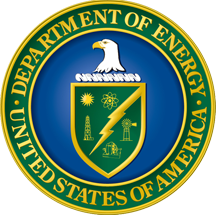Expedited Freezing of Nanoparticle-Enhanced Phase Change Materials (NEPCM) Exhibited Through a Simple 1-D Stefan Problem Formulation
Conference Name: Proceedings of the 2009 ASME Summer Heat Transfer Conference
Location: San Francisco, California
Date: 2009
List of Authors:
Liwu Fan, Jay M Khodadadi
Abstract
An analytic/integral approach is utilized to solve a model 1-dimensional Stefan problem for a nanofluid that undergoes freezing. Initially, the isothermal nanofluid is contained in a finite slab. During the freezing process, the traveling interface separates the liquid and solid phases that possess their respective thermophysical properties. The most favorable feature of this model is that the thermal property jumps between the liquid and solid phases are accounted for. The problem is made dimensionless and is shown to depend on the thermal conductivity ratio, thermal diffusivity ratio, Stefan (Ste) and subcooling numbers. The energy equation within the solid layer is solved exactly and that of the liquid layer is solved using the integral method. The instantaneous interface position and the moving front velocity are obtained and the total freezing time is then determined. Combinations of two base PCM (water and cyclohexane) and four nanoparticles (alumina, copper, copper oxide and titanium oxide) are chosen for demonstration purposes. The thermal properties of the resulting nanofluids as a function of the volume fraction were determined using models proposed in the literature. The results show that the dimensionless freezing time is independent of the nanofluid constituents and only depends on the volume fraction. Keeping everything else the same, the freezing time is shown to decrease as the volume fraction of the nanoparticle is raised.
